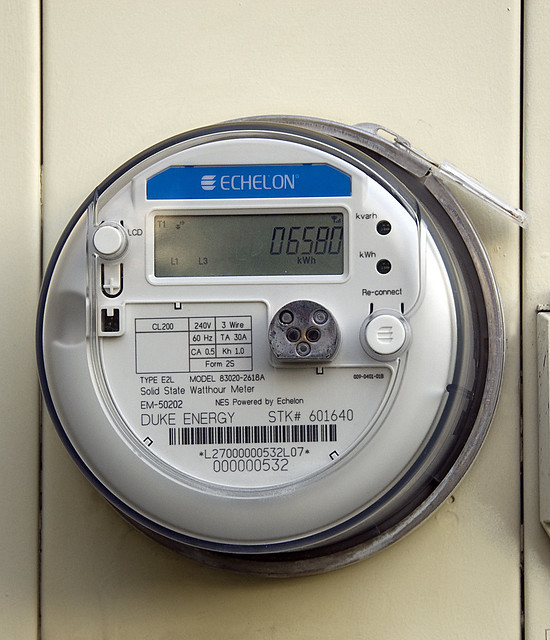You might have noticed that data analytics (i.e., “Big Data”) have been getting a lot of attention lately in the media. “Big Data” is now a common topic of discussion in media outlets covering business and technology ventures. “Big Data” generally refers to the work of corporations like Google and IBM that use large digital data sets of consumer or civil activities to reveal meaningful patterns and relationships that may be exploited. The recent growth of data analytics as a business venture is an outgrowth of increasing amounts and types of digital data, such as Internet search data, cell phone location data, and utility “smart meter” power consumption data. Smart meters now provide the unprecedented capability to collect and analyze real-time electric power consumption data across much of the electric grid. Right now there is considerable interest around using smart meters and data analytics to gain insight into energy efficiency opportunities in residential and commercial buildings.
 Image by Flickr user infocux Technologies
Image by Flickr user infocux TechnologiesEnergy use disaggregation through single-point sensing has been a topic of research for several decades, but has only recently become commercially viable [1] (Imagine an energy feedback system that displays not only a building's total power consumption in aggregate, but also continuously shows real-time usage, broken down by electrical end-use.)
Big Data in the Energy Marketplace
Business startups are developing processes and algorithms to remotely determine the end-uses of electric power consumption in commercial buildings, and to identify energy efficiency opportunities at facilities without ever going on site. Data analytics offer the opportunity to eliminate the need for onsite sub-metering and data logging to quantify the various end-uses of energy in buildings. “Remote analytics” are seen as a potential game changer in the world of energy efficiency.
 Smart meter. Image by Flickr user Duke Energy
Smart meter. Image by Flickr user Duke EnergyAlthough data analytics can help to expedite the identification of energy efficiency opportunities, it is very unlikely that data analytics will ever fully supplant the need for onsite surveys of equipment and dialogue with facility personnel. In fact, FirstFuels states that remote analytics are not a replacement for onsite audits and engineering analysis, particularly for the development of investment grade energy conservation measures.
Going Forward
In our work in measurement and verification, retrocommissioning, and building problem solving, we find that there are often many potential explanations for poor energy performance in a building. For example, a variable speed air handler fan may be consistently drawing a high amount of power due to a poorly located static pressure sensor, a high static pressure setpoint in the controls system, an undersized cooling capacity for the load, or malfunctioning dampers in the supply ductwork. The important lesson from our experience is that no matter what advances may be offered by smart meters, Big Data, and data analytics, trustworthy recommendations for energy efficiency investments will continue to depend upon rigorous on-site investigation, competent engineering analysis, and thorough stakeholder engagement.
[1] As of only a couple years ago, “no commercially available disaggregation method currently exists that’s easily deployable, highly accurate, and cost-effective.” Froehlich, J., Larson, E., Gupta, S., Cohn, G., Reynolds, M. S., & Patel, S. "Disaggregated End-Use Energy Sensing for the Smart Grid." Pervasive Computing January-March 2011. 28-39. Web. 6 Sept 2013.



